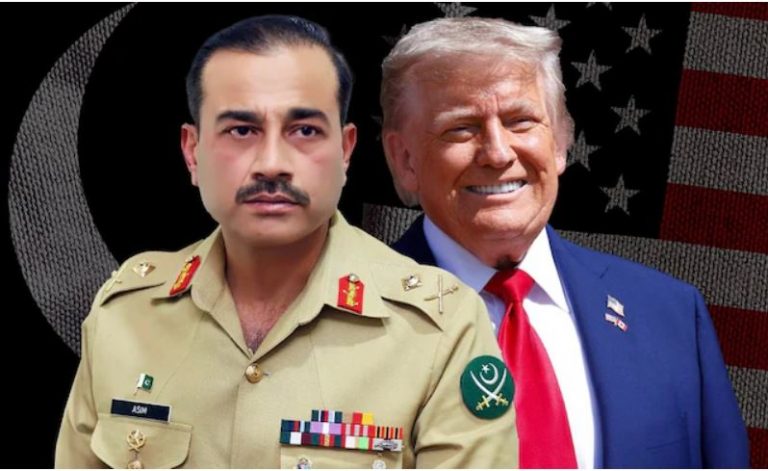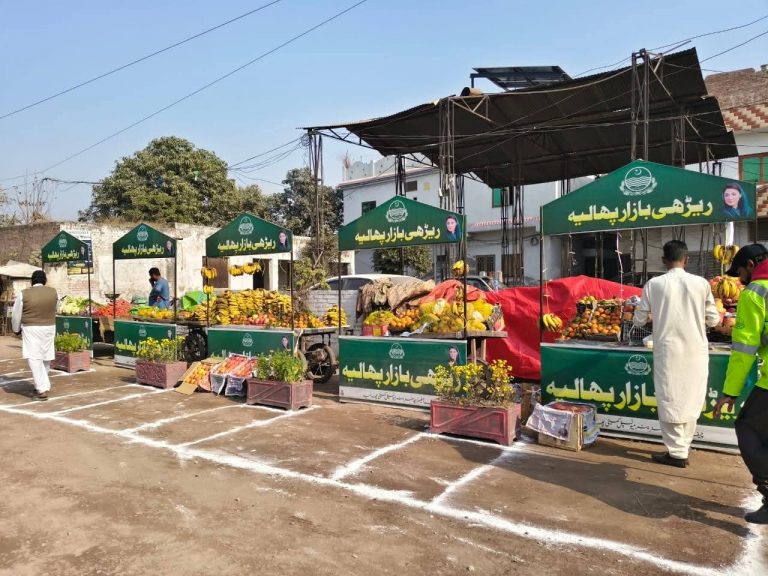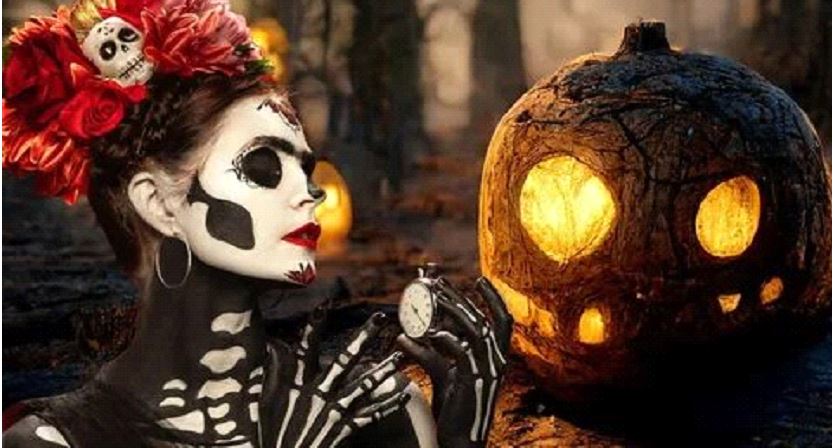
(By Nida Shah & Kainat Rajput)
Introduction
Halloween, observed annually on October 31, is a holiday that has evolved over millennia, blending a variety of cultural, religious, and historical influences. Its origins can be traced back to ancient Celtic festivals, but over time, it has been shaped by Roman and Christian practices, and more recently, it has become a globally recognized event with its unique customs and celebrations. Halloween, once deeply embedded in superstitions and spiritual beliefs, now stands as a fun-filled occasion marked by trick-or-treating, parties, and costume contests. This article delves into the multifaceted history of Halloween, its transformation over time, and the enduring traditions that continue to shape its modern form.
The Origins of Halloween: Samhain and Ancient Beliefs
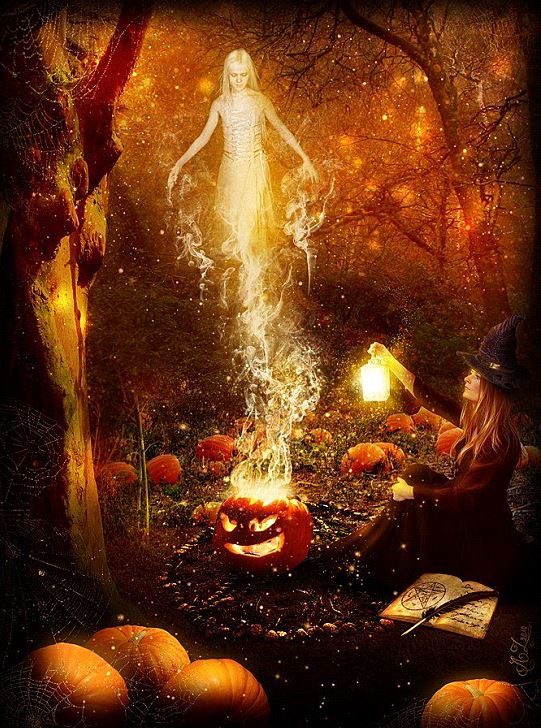
Halloween’s earliest roots go back over 2,000 years to the Celtic festival of Samhain (pronounced sow-in). The Celts, who inhabited regions now known as Ireland, the United Kingdom, and northern France, celebrated Samhain as their New Year’s Eve, marking the end of the harvest and the beginning of the darker, colder half of the year. This transition was seen as a time of death, both literally in terms of the dying harvest and figuratively in terms of the thinning of the veil between the living and the dead. The night before Samhain, October 31, was believed to be a time when the spirits of the deceased could cross over into the world of the living, blurring the boundaries between life and death. Samhain was celebrated with bonfires, animal sacrifices, and rituals to appease and honor the spirits, ensuring protection and good fortune for the coming year. The Celts also believed that their Druids, the religious leaders, could communicate with the spirits more easily during this time and foretell the future. One popular custom involved wearing costumes, often made of animal skins and heads, to ward off evil spirits. The importance of spirits and the afterlife is central to understanding the origins of Halloween and the traditions that grew out of Samhain (The History of Halloween, Jack Santino, 1994).
The blending of spiritual beliefs, rituals, and the honouring of ancestors laid the groundwork for many of the customs associated with Halloween today. The connection to spirits, death, and the supernatural persists, even as the holiday evolved.
Roman Influence: Feralia and Pomona
When the Roman Empire conquered Celtic territories by A.D. 43, the Samhain festival began to blend with Roman customs. Romans brought with them their own set of traditions and deities, two of which had a particular influence on Halloween. One was Feralia, a festival held in late October to commemorate the dead. The other was Pomona, the goddess of fruit and trees, whose symbol was the apple. Pomona’s association with apples is believed to have influenced the modern Halloween tradition of bobbing for apples, a popular game that involves dunking for apples in water.
The Romans’ influence helped broaden Halloween’s celebration of the dead, incorporating elements from both the agricultural cycle and Roman deities. This fusion of Celtic and Roman traditions contributed to Halloween’s continuing theme of connecting the living with the world of the dead (Halloween: A History of America’s Spookiest Holiday, Nicholas Rogers, 2002).
The Christianization of Halloween
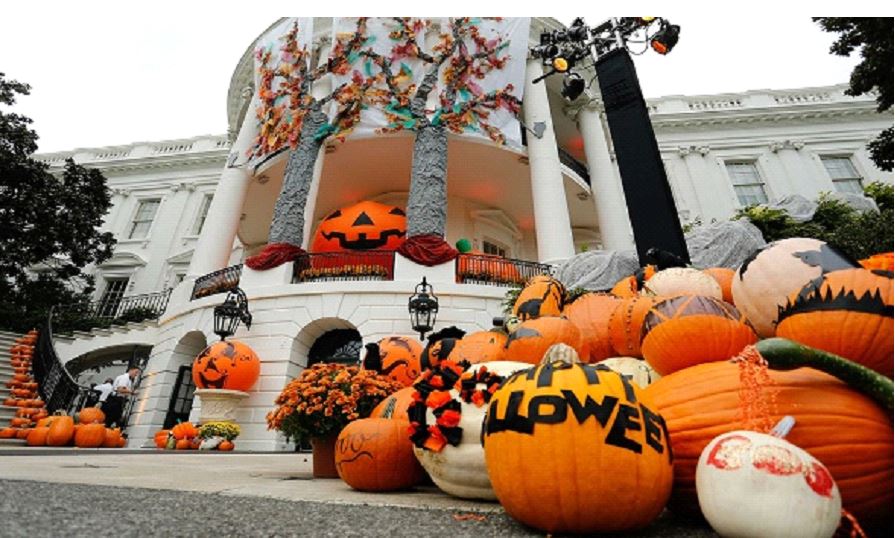
As Christianity spread across Europe, it gradually took over many pagan customs, including those of the Celts. In the 8th century, Pope Gregory III established November 1 as All Saints’ Day to honor Christian saints and martyrs. This day, which sought to replace Samhain, was a Christianized version of the older festival of the dead. The night before became known as All Hallows’ Eve, which over time was shortened to Halloween. This transition was an effort by the church to reframe the ancient pagan rituals within the context of Christianity, focusing on saints, souls, and the afterlife rather than the pagan gods and spirits of Samhain.
In the 9th century, the church established All Souls’ Day (November 2) as a day of prayer for the souls of the deceased. The observances surrounding these days were a blend of Christian and older pagan traditions. Despite the church’s efforts to convert the customs into a Christian framework, many of the older practices persisted. The customs of dressing up, holding feasts, lighting bonfires, and honoring the dead carried over from Samhain, even as they became Christianized (The Origins of Halloween, Jack Santino, 1994).
Halloween in Early America
When European settlers arrived in the New World, Halloween celebrations took hold primarily in areas where Catholic and Irish communities were established. In colonial New England, strict Protestant beliefs led to a rejection of Halloween customs, as the focus on spirits, the supernatural, and the afterlife was at odds with Protestant theology. However, in the southern colonies, where there were greater cultural diversity and a mixture of European traditions, Halloween began to be celebrated in its more secular form. Early Halloween festivities were marked by harvest festivals and communal gatherings that included fortune-telling, games, and storytelling.
The celebration of Halloween became particularly prominent in the 19th century with the influx of Irish immigrants fleeing the Irish Potato Famine. These immigrants brought their Halloween customs, including the practice of dressing in costumes and carving turnips, a tradition that would evolve into the modern custom of pumpkin carving. With the Irish community’s influence, Halloween spread throughout the United States, evolving into the more festive holiday we know today (Halloween: A History of America’s Spookiest Holiday, Nicholas Rogers, 2002).
The Rise of Trick-or-Treating and Other Modern Traditions
Trick-or-treating, one of Halloween’s most beloved traditions, has a complicated history. The practice is rooted in the medieval European custom of soul, where poor people would go door-to-door on All Souls’ Day asking for food in exchange for prayers for the dead. This tradition eventually evolved into the American custom of children dressing up in costumes and going door-to-door asking for treats, though initially, tricks or pranks were often played by mischievous revellers if no treats were given.
By the early 20th century, Halloween had transformed from a focus on supernatural fears and pranks to a more community-cantered celebration. With the rise of suburbanization in the 1930s, Halloween became more family-friendly, and the focus shifted from tricks to treats. The practice of dressing up in costumes became more widespread, and costumes were commercialized, available in stores to be worn by children and adults alike.
This period also saw the emergence of other modern Halloween traditions such as pumpkin carving, which evolved from the Irish custom of carving turnips to create jack-o’-lanterns. The modern pumpkin was more readily available in America, making it easier to carve larger and more intricate designs (The History of Halloween, Jack Santino, 1994).
The Commercialization of Halloween
The commercialization of Halloween began in earnest in the mid-20th century. By the 1950s, Halloween had become more of a consumer-driven holiday, with stores selling costumes, candy, and decorations specifically for the occasion. Companies began to capitalize on the growing popularity of Halloween by marketing mass-produced costumes and themed merchandise.
Over time, the holiday became a multi-billion-dollar industry, with Halloween-themed products becoming widely available in the lead-up to the holiday. In 1931, the release of the film Dracula, followed by other horror films, helped cement Halloween’s association with spooky imagery, further promoting its commercial appeal. By the 1970s and 1980s, the Halloween industry had grown exponentially, and Halloween became not only a time for children to enjoy costumes and candy but also an event for adults, with themed parties, haunted houses, and elaborate decorations. The rise of Halloween parties and costume contests also contributed to Halloween’s status as a major cultural event (Halloween: A History of America’s Spookiest Holiday, Nicholas Rogers, 2002).
Contemporary Halloween: Global Influence and Modern Celebrations
Today, Halloween is celebrated in various forms around the world, though it remains most popular in the United States, where it is one of the top holidays in terms of consumer spending. Beyond the traditional practices of trick-or-treating, Halloween has become a time for creative expression, with people of all ages participating in costume contests, haunted houses, and themed parties. In some cultures, Halloween is a time to reflect on and honor the deceased, blending secular and spiritual observances.
The influence of social media has further amplified Halloween celebrations, with viral costume trends, Halloween memes, and social media challenges boosting the holiday’s cultural impact. Celebrities and influencers often share their elaborate costumes, contributing to the idea that Halloween is an event for all ages and demographics. What was once a largely child-focused celebration has expanded to a global cultural phenomenon.
Conclusion
Halloween’s journey from ancient Celtic festivals to a widely commercialized global celebration highlights its adaptability and enduring appeal. As it absorbed elements from Roman, Christian, and other cultural traditions, Halloween transformed into a holiday that spans generations, with a mixture of nostalgia, creativity, and community spirit. Today, Halloween remains a time for people to engage with their fears, embrace fun, and celebrate creativity, all while maintaining a connection to its ancient past. As we look ahead, Halloween will likely continue to evolve, with new traditions, customs, and celebrations taking shape as it moves further into the 21st century.


